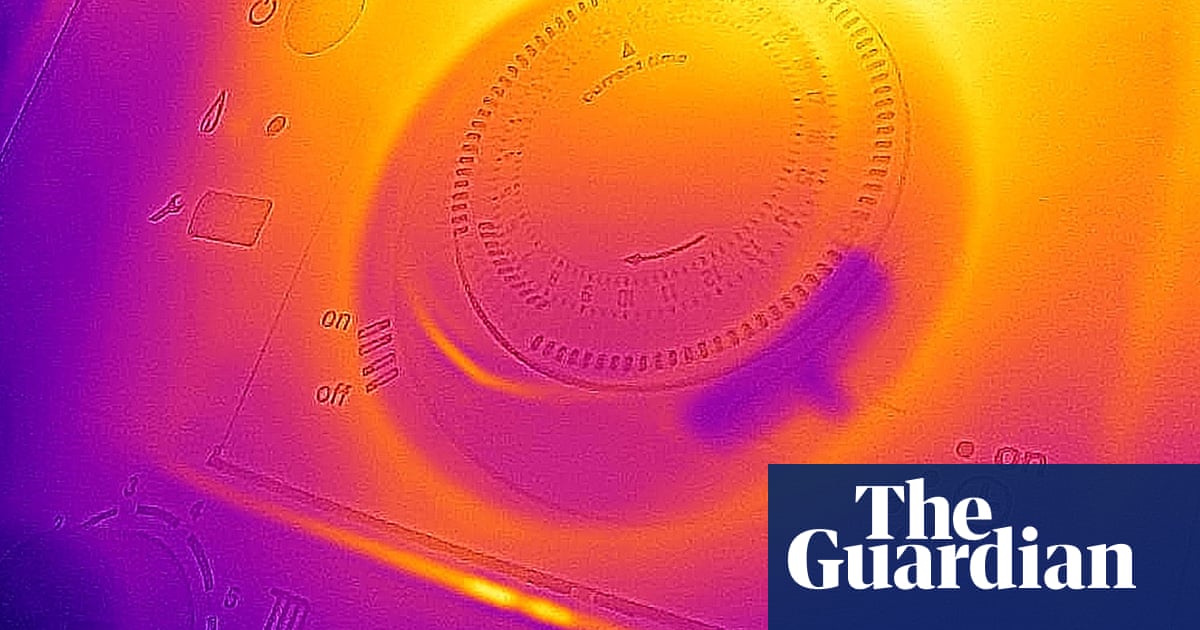Planet-heating pollution doubled the chance of the extreme levels of rain that hammered central Europe in September, a study has found.
Researchers found global heating aggravated the four days of heavy rainfall that led to deadly floods in countries from Austria to Romania.
The rains were made at least 7% stronger by climate change, World Weather Attribution (WWA) found, which led to towns being hit with volumes of water that would have been half as likely to occur if humans had not heated the planet.
âThe trend is clear,â said Bogdan Chojnicki, a climate scientist at PoznaÅ University of Life Sciences, and co-author of the study. âIf humans keep filling the atmosphere with fossil fuel emissions, the situation will be more severe.â
Storm Boris stalled over central Europe in mid-September and unleashed record-breaking amounts of rain upon Austria, the Czech Republic, Hungary, Poland, Romania and Slovakia. The heavy rains turned calm streams into wild rivers, triggering floods that wrecked homes and killed two dozen people.
The researchers said measures to adapt had lowered the death toll compared with similar floods that hit the region in 1997 and 2002. They called for better flood defences, warning systems and disaster-response plans, and warned against continuing to rebuild in flood-prone regions.
âThese floods indicate just how costly climate change is becoming,â said Maja Vahlberg, technical adviser at the Red Cross Red Crescent Climate Centre, and co-author of the study. âEven with days of preparation, flood waters still devastated towns, destroyed thousands of homes and saw the European Union pledge â¬10bn in aid.â
Rapid attribution studies, which use established methods but are published before going through lengthy peer-review processes, examine how human influence affects extreme weather in the immediate aftermath of a disaster.
The scientists compared the rainfall recorded in central Europe over four days in September with amounts simulated for a world that is 1.3C cooler â the level of warming caused to date by burning fossil fuels and destroying nature. They attributed a âdoubling in likelihood and a 7% increase in intensityâ to human influence.
But the results are âconservativeâ, the scientists wrote, because the models do not explicitly model convection and so may underestimate rainfall. âWe emphasise that the direction of change is very clear, but the rate is not.â
after newsletter promotion
Physicists have shown that every degree celsius of warming allows the air to hold 7% more moisture, but whether it does so depends on the availability of water. The rains in central Europe were unleashed when cold air from the Arctic met warm, wet air from the Mediterranean and the Black Sea.
Warmer seas enhance the rainy part of the hydrological cycle, though the trend on parts of the land is towards drier conditions, said Miroslav Trnka, a climate scientist at the Global Change Research Institute, who was not involved in the study. When the conditions were right, he said, âyou can have floods on steroidsâ.
Trnka compared the factors that result in extreme rainfall to playing the lottery. The increase in risk from global heating, he said, was like buying more lottery tickets, doing so over a longer period of time, and changing the rules so more combinations of numbers result in a win.
âIf you bet long enough, you have a higher chance of a jackpot,â said Trnka.
The study found heavier four-day rainfall events would hit if the world heats 2C above preindustrial levels, with a further increase from today of about 5% in rainfall intensity and 50% in likelihood.
Other factors could increase this even more, such as the waviness of the jet stream, which some scientists suspect is increasingly trapping weather systems in one place as a result of global heating. A study published in Nature Scientific Reports on Monday projected that such blocking systems would increase under medium- and worst-case emissions scenarios.
Hayley Fowler, a climate scientist at Newcastle University, who was not involved in the study, said: âThese large storms, cut off from the jet stream, are able to stagnate in one place and produce huge amounts of rainfall, fuelled by increased moisture and energy from oceans that are record-shatteringly hot.â
âThese âblockedâ slow-moving storms are becoming more frequent and are projected to increase further with additional warming,â she added. âThe question is not whether we need to adapt for more of these types of storm but can we.â
WWA described the week following Storm Boris as âhyperactiveâ because 12 disasters around the world triggered its criteria for analysis, more than in any week in the organisationâs history.
The study did not try to work out how much global heating had increased the destruction wreaked by the rains but the researchers said even minor increases in rainfall disproportionately increased damages.
âAlmost everywhere in the world it is the case that a small increase in the rainfall leads to a similar order-of-magnitude increase in flooding,â said Friederike Otto, a climate scientist at Imperial College Londonâs Grantham Institute and co-author of the study. âBut that leads to a much larger increase in the damages.â



